The ultimate guide to monsoon trekking in Maharashtra
Peak performance: From the adrenaline-fuelled climbs to the cautionary tales.
In 2011, Supraket Meshram (28), an avid trekker and the owner of a travel agency called Travel CAMpanion in Worli, climbed up a waterfall.
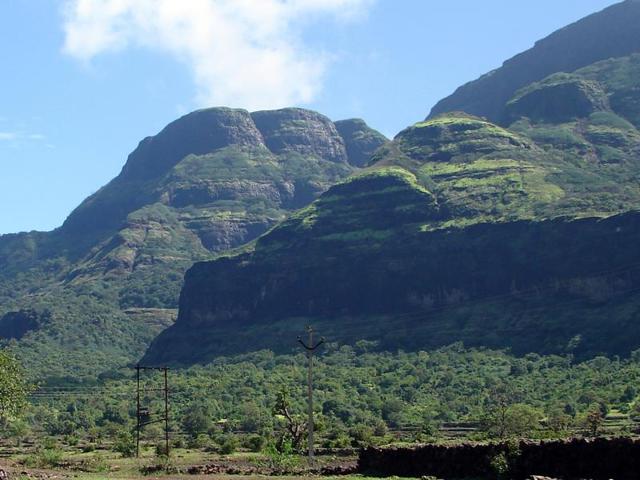
He was on a monsoon trek to One Tree Hill, Matheran. Named after the exact picture it evokes, the hill is a barren mound of mud, with one tree at the top. “It’s an easy climb, and we were confident about the terrain’s safety despite the downpour. But when we reached the base, all we could see was a 10-foot-wide waterfall. No path to walk on except through the gushing sludge,” recalls Meshram.

After some deliberation, the group decided to go ahead anyway. They started walking up though the waterfall. Meshram brought up the rear of the 20-member party. Just 10 minutes in, pebbles started raining. Meshram suspected the trekkers ahead were dislodging the pebbles as they walked. But soon, pebbles were replaced by rocks.
Meshram took shelter under a boulder. “Rocks were bouncing off the edge of the boulder, a couple of feet from my face,” says Meshram.
Surely, the experience would put Meshram off trekking in the monsoon. On the contrary, he says, it inspired a sense of adventure. And he isn’t the only one. Maharashtra’s jagged hills look like they were conjured from a 2-year-old’s painting. Yet, every year, come monsoon, the Sahyadris are the hottest trekking attraction for those looking to escape the city over the weekend.

But what makes Mumbaikars – wary on weekdays to step out into the rain and slush – chase slippery slopes on Sundays? The appeal, trekkers will tell you, lies in the green cover the rains bring, and the rare cool, fresh air. “With a little precaution, it is the best time to visit the hills,” says Meshram.
The hills have edges
The 1,600 km stretch of the Sahyadri range boasts of impressive natural bounty: 7,402 species of flowers, 139 species of mammals; 508 kinds of birds (source: whc.unesco.org). It also stands testament to Maharashtra’s history: from the earliest forts built by the Bahamani Dynasty in the 1300s, to the ones Shivaji built in the 16th century. In all, the Sahyadris house approximately 300 forts (source: maharashtratourism.gov.in).
But surely treks in drier weather would be easier? Yet, the Sahyadris don’t see as many trekkers round the year. “Summers are tough, as climbing in extreme heat is dangerous. In winter, the weather at higher altitudes is too dry, and dehydration is a major threat. During the monsoon, the weather is ideal,” says Meshram.

The season also lowers pollution levels. “The first few showers settle the toxic waste in the air,” says Vikram Singh, founder of Trek Mates India (TMI), a city-based trekking organisation.
Boot camp
For advanced climbers, Sahyadri treks are a training ground for mountaineering expeditions in the Himalayas and in North East India. Singh, however, believes that the Sahyadris in the rains can be tougher to conquer than the towering peaks of the north.
“Sahyadris have steep climbs, unlike the gradual elevation in the Himalayas. Also, in the monsoon, due to the threat of the weather worsening without warning, trekkers prefer finishing climbs quickly. Ten to 12 hours of walking up in a day, and descent in under 48 hours is common. It is physically and mentally exhausting,” says Singh.
Having trekked around Maharashtra, Meshram found his expedition to Spiti, Himachal Pradesh, last year, an easier climb. “Compared to Rajmachi or Ratangad, Spiti felt like a long walk,” says Meshram.
In addition to building stamina, trekkers say the unpredictable weather helps prepare for worse-case scenarios. “Experience helps trekkers assess the weather better, which, in turn, helps them plan better,” says Singh.
The flip-side
The monsoon in Maharashtra brings with it its share of natural calamities. In just the last two years, landslides in the hills around Pune have been common (Malin landslide, 2014; Mumbai Pune Express Way landslide; 2015).
What makes things trickier is that there are no climbing regulations for the Sahyadris, unlike in the Himalayas. The Nehru Institute of Mountaineering, Darjeeling, for instance, follows strict rules before registering trekkers for an expedition: you should be above the age of 14, and be physically fit to undertake 25km of walking in a day.
Here, trekkers must rely on other trekkers’ experience. There aren’t even specified categorisation of difficulty levels. So trekkers make their own informal categories –suitable for beginners or advanced – based on their experience.
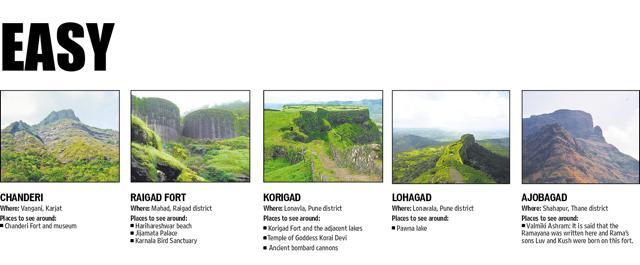
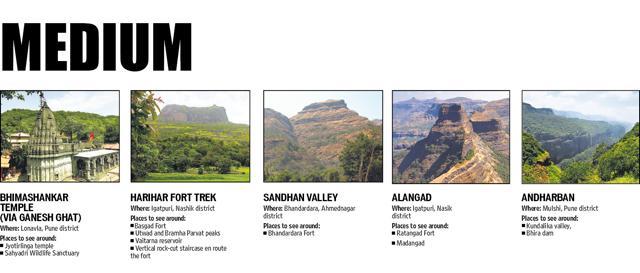
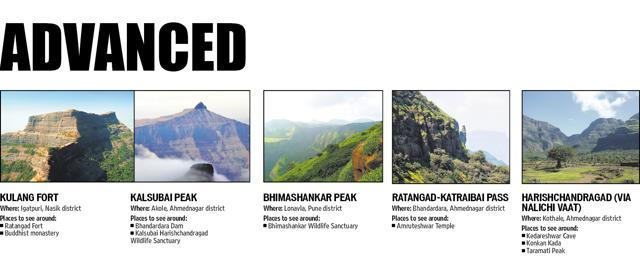
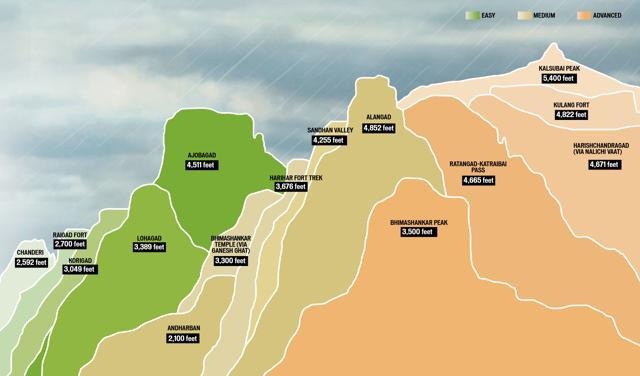
Despite these threats, trekkers like Singh and Meshram have conquered Kalsubai – the highest peak in the Sahyadris – in peak monsoon by adhering to basic precautions. “Invest in trekking shoes. Ankle-length, sturdy, waterproof footwear is a must. Also, trekking in a group ensures that nobody gets lost, and help is always available in case of an accident,” says Meshram.
Organisations like TMI rely on the mentorship of leaders: individuals certified by professional institutes, such as the Indian Institutes of Mountaineering, Manali.
At the heart of it, however, it is the unpredictability of trekking that keeps enthusiasts passionate. “It’s the thrill that keeps me going. Of course, caution is key, but who doesn’t like being a little adventurous? Every trek produces a unique story to tell,” says Meshram.

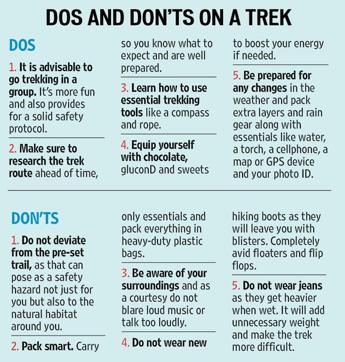
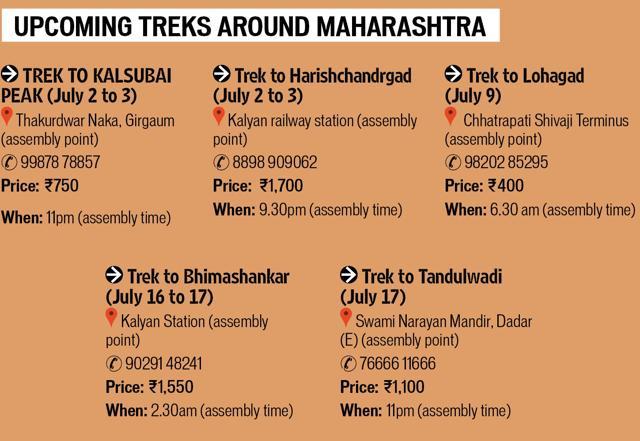
Catch your daily dose of Fashion, Health, Festivals, Travel, Relationship, Recipe and all the other Latest Lifestyle News on Hindustan Times Website and APPs.




